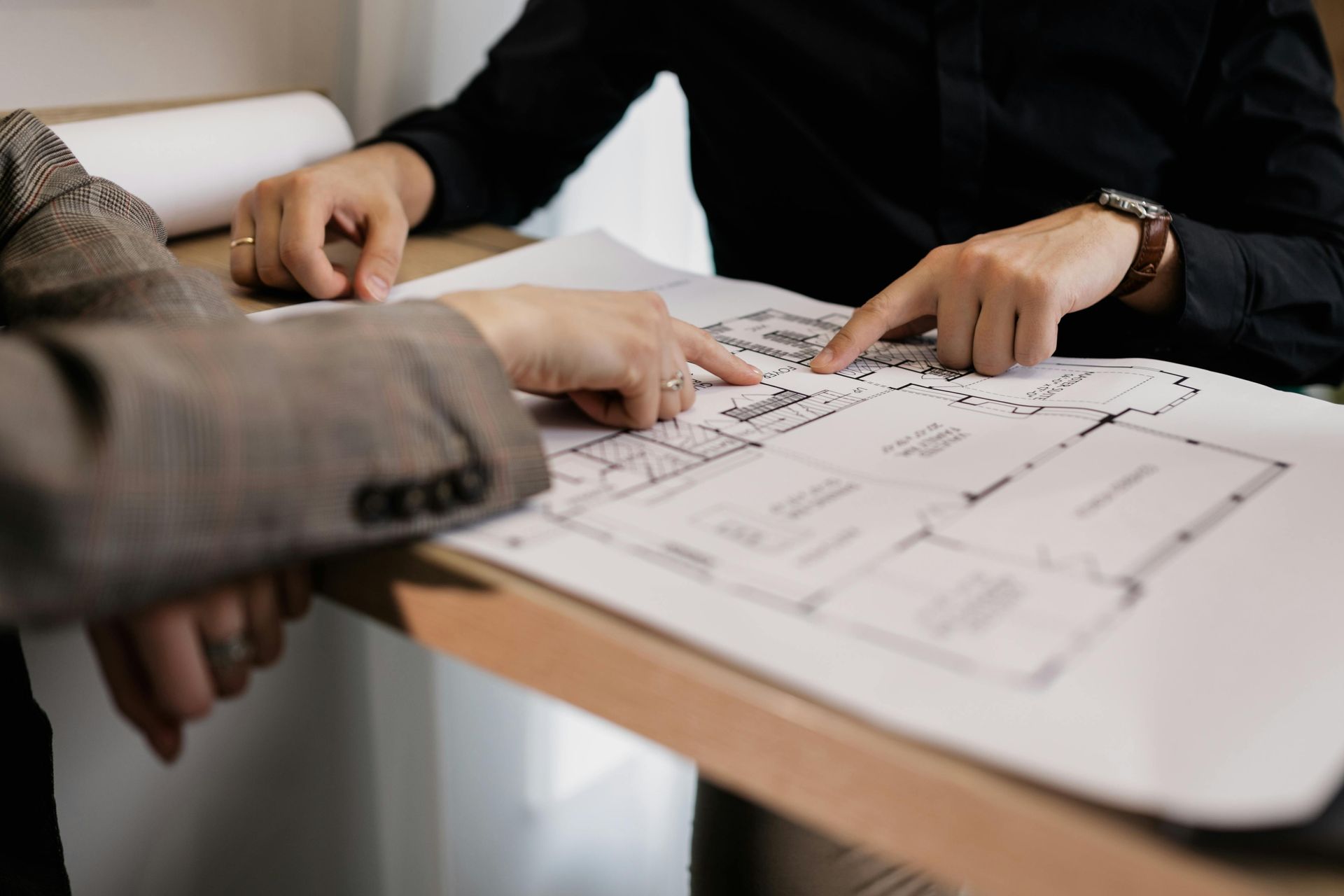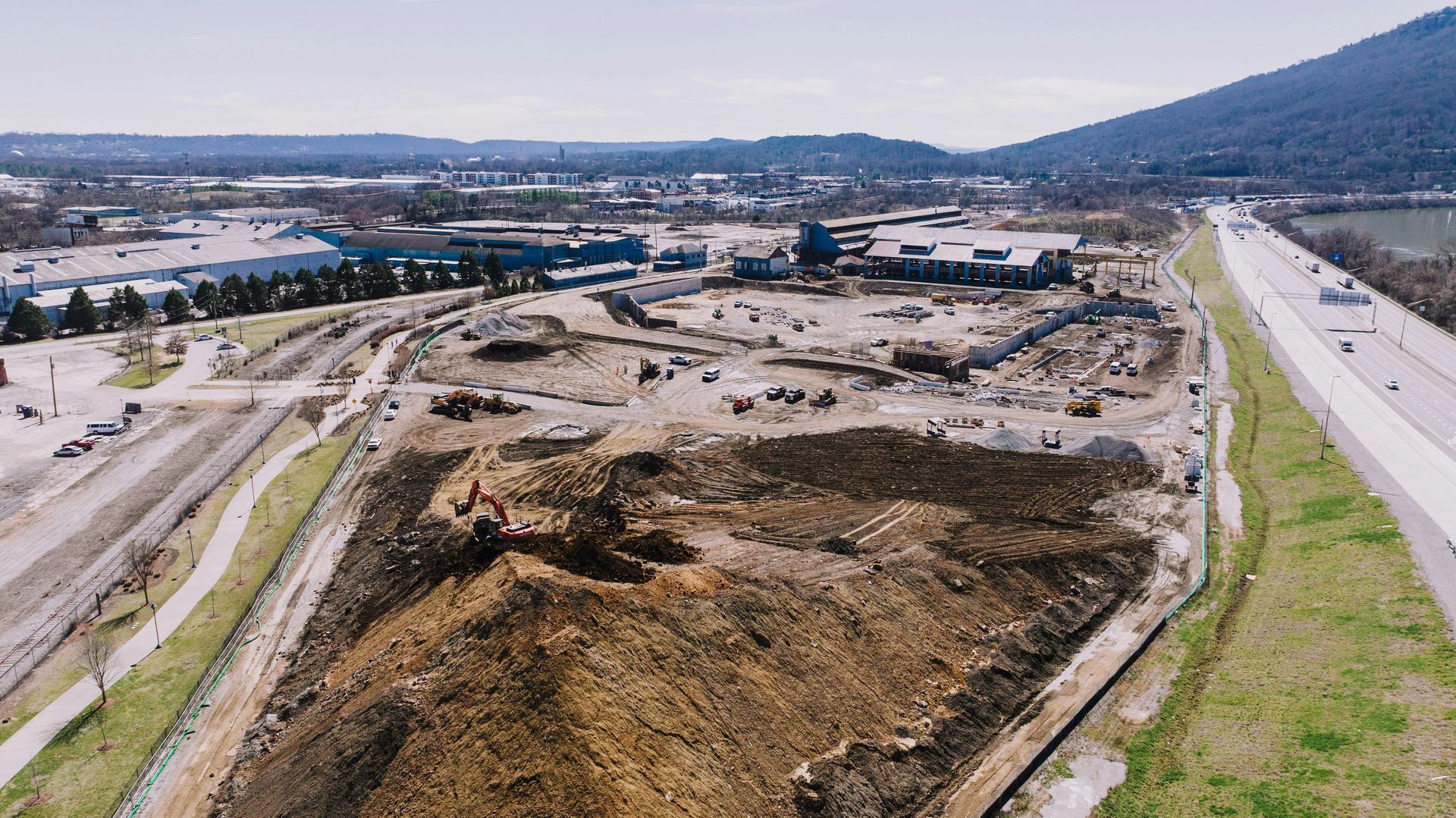What Is Platting and Why It Matters for Land Development
This is paragraph text. Click it or hit the Manage Text button to change the font, color, size, format, and more. To set up site-wide paragraph and title styles, go to Site Theme.
Key Takeaways
- Platting maps land into organized lots for neighborhoods, parks, or commercial areas, guiding proper land use and development.
- It ensures compliance with zoning laws, environmental regulations, and local planning board approvals for lawful land transformation.
- Early community engagement and clear communication during platting prevent conflicts and build trust among stakeholders.
- Proper platting clarifies property boundaries, reducing disputes and streamlining infrastructure planning for utilities and amenities.
- Accurate platting facilitates smoother approvals, efficient project execution, and creates cohesive, sustainable, and livable community spaces.
Definition and Purpose of Platting
Platting might sound like a fancy term, but it's really just a way to map out land before turning it into neighborhoods, parks, or shopping areas. Think of it as drawing the blueprint for how a piece of land will be used, making sure everything fits just right.
When you’re part of a community, platting helps everyone understand what goes where and how the land will be used. It’s not random; it follows land use plans and zoning regulations that keep things organized and fair. These rules tell you what can be built and where, so homes don’t pop up in the middle of a park, for example.
Platting helps create
safe, attractive spaces that you and your neighbors will love. It’s like the first step in
turning empty land into places where people belong and thrive. Without platting, things could get messy pretty fast!
The Platting Process Explained
Alright, so you’re ready to tackle the platting process—it’s like following a map with clear steps, rules to keep everything neat, and a few bumps you might run into along the way.
You’ll need to know the basic steps, understand what the local officials expect, and watch out for common hiccups that can slow things down.
Don’t worry, it’s not rocket science, and I’ll help you navigate it without losing your way!
Steps in Platting
Even though it might seem a bit tricky at first, breaking down the platting process into clear steps makes it way easier to understand.
First, you’ll want to get familiar with some platting terminology—it’s like learning the language that helps you communicate with planners and surveyors.
Next, you’ll prepare a preliminary plat, which is basically a rough draft of your land layout.
After that, you’ll submit this draft for review, where officials check if everything fits local rules (don’t worry, we’ll cover those later).
Once approved, you’ll finalize the plat, making any needed tweaks.
The real platting benefits show up here—your land gets officially recorded, making things clear and official.
It’s like giving your project a name tag in the land development world.
Regulatory Requirements
Since you’re diving into land development, you’ll quickly find out that there’s a bunch of rules and regulations to keep everything in check.
These regulatory requirements are there to make sure your plat fits well with the community and environment. You’ll need to navigate zoning laws, which decide how land can be used, plus environmental regulations to protect nature.
Here’s what you’ll typically face:
- Getting approval from local planning boards
- Meeting zoning laws for land use and density
- Complying with environmental regulations to avoid harming wildlife or water sources
- Submitting detailed plats for official review and recording
Think of these rules as your blueprint’s safety net—they keep your project smooth and legal.
Stick with them, and you’ll join a community that builds responsibly together.
Common Platting Challenges
Although platting might sound like a straightforward step, you’ll quickly find it comes with its fair share of headaches. One common hiccup? Plating errors. These little slip-ups can delay your whole project, whether it’s a misplaced boundary line or missing details.
Then there’s community feedback—sometimes it’s a breeze, but other times neighbors have strong opinions that can turn your platting process into a bit of a tug-of-war. You’re not alone in feeling this way, though; many developers hit these bumps.
The key is staying patient and open to input, fixing those plating errors early, and communicating clearly. When you
navigate these challenges smoothly, you’ll build not just land, but trust and a
sense of community too. It’s all part of making your project truly belong.
Legal Requirements and Regulations
When you plunge into platting and land development, you’ll quickly realize that legal rules aren’t just suggestions—they’re the real deal. You’ve got to play by zoning laws and land use regulations to keep everything above board.
These rules keep neighborhoods safe, organized, and friendly, so you’re not left scratching your head or facing fines.
Here’s a quick look at what you’ll need to contemplate:
- Local zoning laws dictating what can be built where
- Land use restrictions to protect the environment and community
- Required permits and approvals before moving forward
- Compliance with subdivision and platting standards
Following these legal requirements isn’t just about avoiding trouble; it’s about joining a community that cares about smart growth.
When you get it right, your project fits in perfectly, and everyone wins—especially you! So, embrace these rules—they’re your roadmap to success in land development.
How Platting Impacts Property Boundaries
When you look at a plat, you're basically seeing the official map that sets your property lines in stone.
This helps clear up any “who owns what” confusion before it turns into a neighborhood soap opera.
Defining Legal Boundaries
Since platting lays out the exact shapes and sizes of lots on a map, it plays a huge role in defining legal boundaries for property owners like you.
Think of it as the blueprint that tells you exactly where your land begins and ends. When you combine platting with land surveys and physical boundary markers, you get a clear picture of your property lines. This helps you avoid confusion and feel confident about your space.
Here’s why it matters to you:
- Guarantees your property lines are official and recognized
- Helps you know where to build or plant without crossing lines
- Makes buying or selling land smoother and safer
- Keeps your neighborhood harmonious by respecting everyone’s space
It’s all about knowing exactly what’s yours!
Resolving Boundary Disputes
Even if you’re the best neighbor ever, boundary disputes can pop up out of nowhere, and they’re never fun to deal with.
Luckily, platting plays a big role in boundary resolution by clearly marking property lines on official maps. This means you and your neighbors have a shared, trusted reference to prevent confusion.
When disputes do arise, having a plat can make dispute mediation smoother because everyone’s looking at the same clear boundaries. Think of it as a peacekeeper, helping you avoid awkward conversations—and maybe even a neighborhood feud.
So, by understanding platting, you’re better equipped to handle boundary issues calmly and fairly, keeping your community close and friendly.
After all,
good fences make good neighbors, especially when they’re properly platted!
Platting’s Role in Urban Planning and Zoning
Platting is like the blueprint for how a neighborhood grows, and it plays a huge role in urban planning and zoning. When you’re involved in land development, understanding platting helps you see how urban infrastructure gets laid out—think roads, parks, and utility lines—all designed to fit zoning regulations smoothly.
It’s like the groundwork that makes certain everything fits just right for the community.
Here’s what platting brings to the table in urban planning and zoning:
- Organizes land into lots and blocks for clear ownership
- Guarantees public spaces and streets meet community needs
- Aligns development with zoning rules to avoid headaches later
- Helps planners design neighborhoods that feel connected and welcoming
Common Challenges and Solutions in Platting
When you’re laying out a new neighborhood, things don’t always go as planned. You might face zoning hiccups, unclear property lines, or pushback from neighbors who want their voices heard.
That’s why community engagement is a lifesaver—it helps you catch concerns early and build trust. Plus, it makes everyone feel like they belong in the process.
Another biggie? Environmental considerations. You can’t just draw lines and forget about wetlands, trees, or drainage. Ignoring these can slow things down or cause costly fixes later.
Benefits of Proper Platting for Developers and Communities
Although it might seem like just a bunch of lines on a map, proper platting does a lot of heavy lifting for both developers and the community. When you get it right, everyone wins. For you as a developer, it means smoother approvals and fewer headaches down the road.
For the community, it’s about creating spaces that feel like home and last for generations.
Here’s why proper platting matters so much:
- It boosts community engagement, making sure voices are heard and needs are met.
- It supports sustainable development, helping the environment and saving resources.
- It clarifies property boundaries, avoiding costly disputes.
- It streamlines infrastructure planning, so roads, parks, and utilities fit together nicely.
Frequently Asked Questions
How Does Platting Affect Property Taxes?
When platting your land, you’ll see property assessment changes that can alter your tax implications. Understanding this helps you stay informed and connected with your community’s growth, ensuring you’re part of important decisions affecting your property taxes.
Can Platting Influence School District Boundaries?
When it comes to platting implications, you can’t throw the baby out with the bathwater—platting can influence district zoning, subtly shifting school district boundaries and affecting where your community’s kids will learn and grow together.
What Technology Is Used in Creating Plats?
You’ll use GIS software combined with modern surveying techniques to create accurate plats. These tools help you map land precisely, ensuring your project fits smoothly within the community and meets all legal requirements.
How Long Does the Plat Approval Process Typically Take?
You’re entering the waiting game! The plat approval process timeline usually takes a few weeks to several months, depending on local regulations. Stay connected with your community to navigate this essential step smoothly together.
Are There Costs Associated With Revising an Approved Plat?
Yes, you'll encounter plat revision costs when changing an approved plat, and these fees can add up alongside initial plat approval fees. Staying connected with your community helps you navigate these expenses smoothly.
Final Thoughts
So, platting might sound like just another boring step, but skipping it? That’s like trying to build a house on quicksand. It keeps your land neat, legal, and ready for whatever you’ve got planned.
Sure, it takes time and patience, but trust me, it saves headaches later—like surprise boundary fights or
zoning nightmares. In the end, platting isn’t just paperwork; it’s the secret sauce that makes your
land development actually work smoothly.


